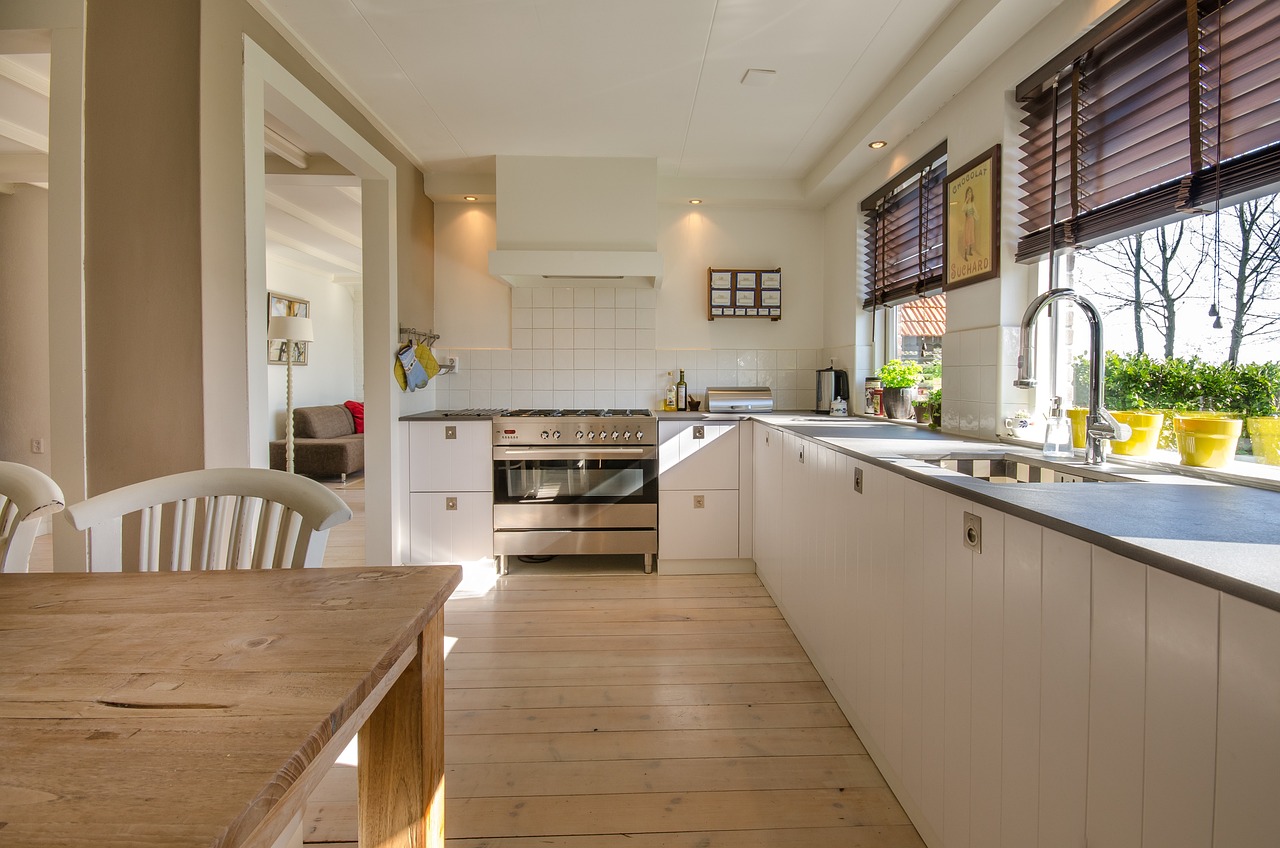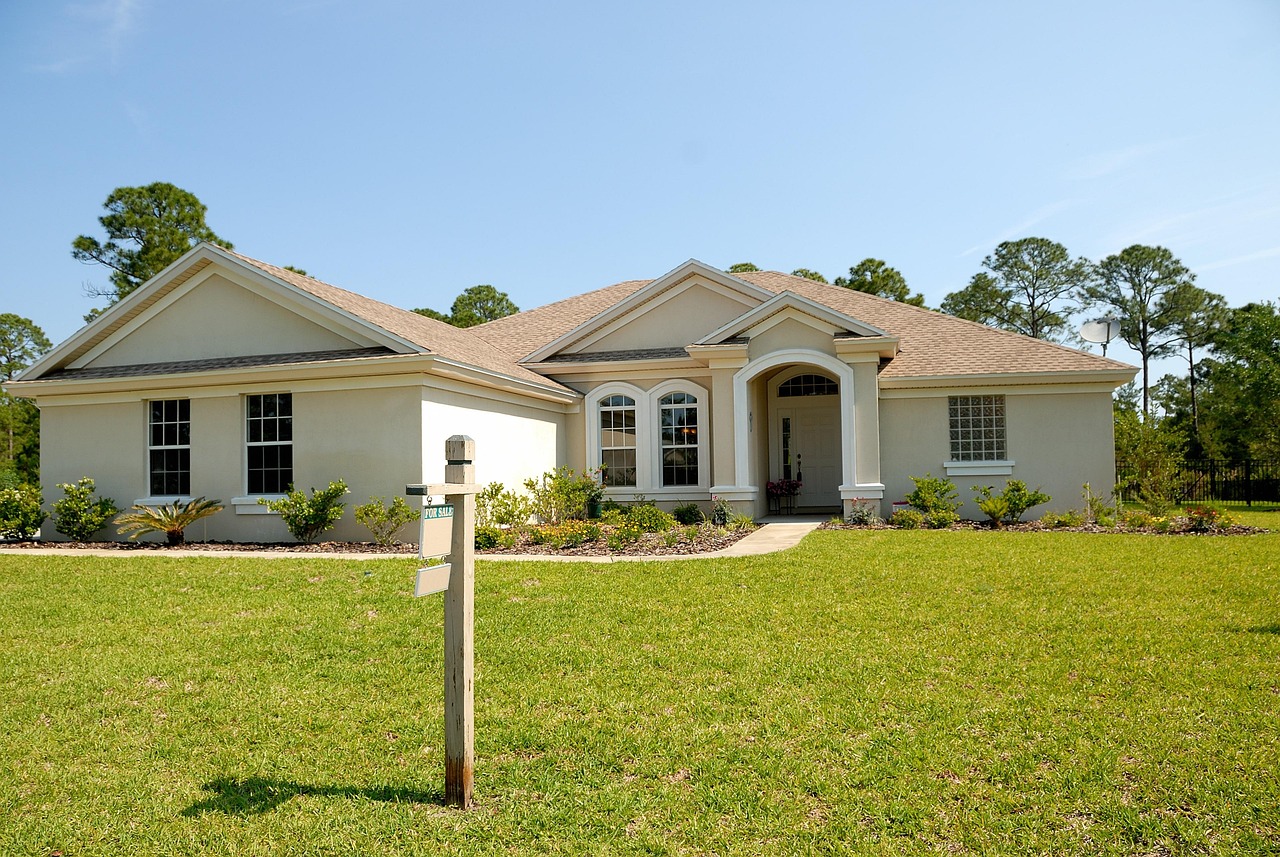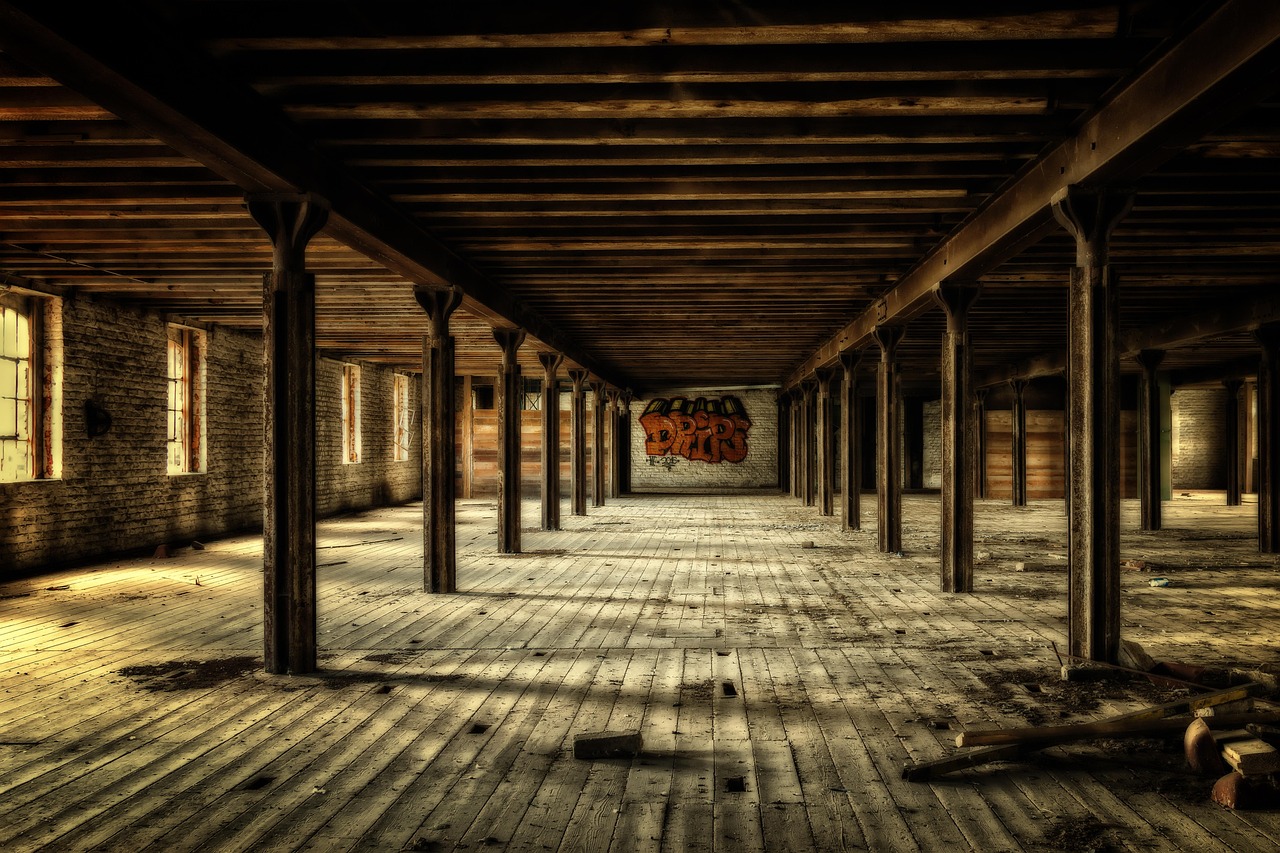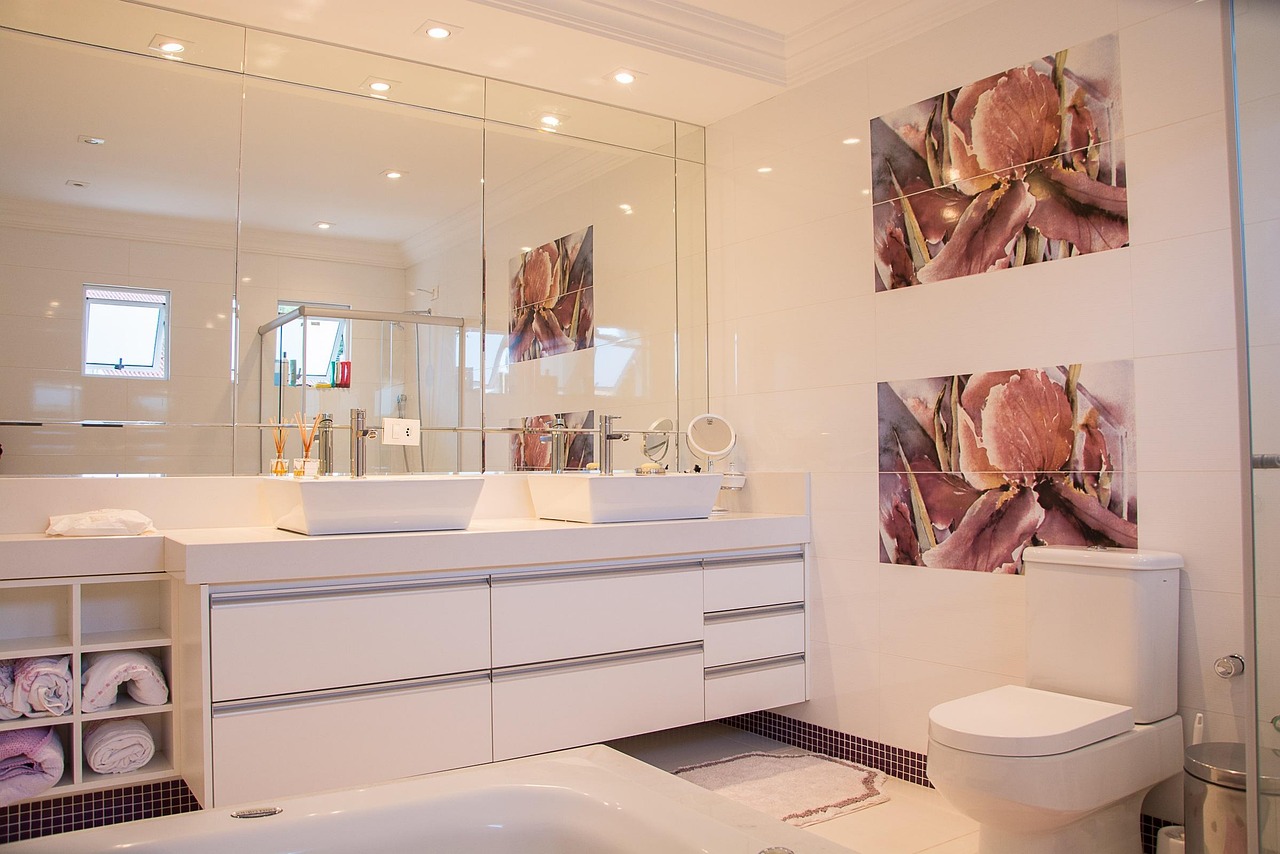Hardwood floors offer a durable and timeless flooring option that adds value and warmth to any space. As one of the most sought-after choices in flooring hardwood floors come in various types, including solid hardwood, engineered hardwood, and wide plank options—each with unique benefits depending on installation needs and environmental conditions. Choosing the right hardwood flooring involves understanding the wood species, finish, and construction to ensure both longevity and a style that perfectly complements your home.
Many homeowners are drawn to hardwood flooring because it can last for decades and withstand regular use when properly maintained. The natural character of wood also provides unique textures and colors, which can enhance the overall aesthetic of a room. They can be found in a range of shades, from light to dark, allowing for versatile design choices.
Cost is an important factor, as solid hardwood floors typically come at a higher price compared to engineered options but may increase property value over time. Local suppliers often offer ethically sourced Canadian hardwood, combining quality with sustainable practices. This makes hardwood flooring a practical investment for those seeking long-term benefits alongside visual appeal.
Understanding Hardwood Floors
Hardwood floors vary widely in construction, appearance, and durability. They offer distinct advantages and challenges depending on wood species and how they compare to alternative flooring materials. Choosing the right hardwood requires balancing factors such as lifestyle needs, maintenance requirements, and aesthetic preferences.
Types of Hardwood Flooring
There are two main categories: solid hardwood and engineered hardwood. Solid hardwood is made from a single piece of wood, typically 3/4 inch thick. It can be sanded and refinished multiple times, which extends its lifespan. However, it is sensitive to moisture and may warp in humid environments.
Engineered hardwood consists of a top layer of real wood adhered to multiple plywood layers beneath. This structure offers better stability in varying temperature and humidity conditions. Engineered hardwood is often easier to install, ideal for below-grade areas, and usually comes at a lower cost than solid hardwood.
Benefits of Hardwood Floors
Hardwood floors provide durability and timeless appeal. They resist wear better than many other flooring types when properly maintained. Hardwood also adds value to a home, frequently appealing to buyers and increasing resale potential.
Maintenance involves regular cleaning and occasional refinishing, depending on the wear layer. Hardwood is hypoallergenic, as it does not trap dust and allergens like carpets. Additionally, hardwood floors can adapt to various design styles, from traditional to modern, with diverse finishes and textures available.
Popular Wood Species
Common hardwood species include oak, maple, hickory, and walnut. Oak is popular due to its hardness, grain pattern, and color variety, making it versatile for many interiors. Maple has a finer, more uniform grain and a lighter tone, often used in modern or minimalist spaces.
Hickory is one of the hardest domestic woods, suitable for high-traffic areas. Walnut offers darker tones with a smooth, rich grain, often used for luxury finishes. Each species varies in hardness, color durability, and price, so selecting the right one depends on use and style preferences.
Hardwood vs Other Flooring Options
Compared to laminate, vinyl, or tile, hardwood provides a natural material with longevity if cared for properly. Laminate flooring mimics hardwood appearance but uses synthetic layers, offering lower cost and easier installation but less potential for refinishing.
Vinyl flooring is highly durable and water-resistant, making it better for moisture-prone areas but generally less valuable in resale. Tile is very durable and water-resistant but cold and hard underfoot. Hardwood stands out for warmth, aesthetic flexibility, and potential for refinishing, but is less suited for wet environments without engineered construction.
Installation and Maintenance
Installing hardwood floors requires choosing the right method and tools for the space, as well as ensuring proper preparation. Maintaining these floors involves regular care and timely repairs to preserve their appearance and durability.
Professional Installation Methods
Professionals typically use three main installation techniques: nail-down, glue-down, and click-lock. Nail-down involves securing solid hardwood to a wooden subfloor with nails. This method is durable and common for solid hardwood floors.
Glue-down is often used with engineered hardwood and involves adhering the flooring directly to the subfloor, which can be concrete or wood. It reduces noise and helps with stability.
Click-lock installation is a floating floor technique that joins planks without nails or glue, allowing for easy replacement and expansion. Professionals carefully prepare the subfloor, ensuring it is dry, clean, and level before starting any installation.
DIY Installation Tips
DIY installers should start by measuring the room accurately and acclimating the flooring planks in the installation area for several days. This prevents expansion or contraction after installation.
Using spacers, leaving expansion gaps around the edges of the room is essential. Selecting the correct installation method based on the hardwood type and subfloor materials ensures better results.
Basic tools include a flooring nailer or glue, a saw for cutting planks, spacers, and a tapping block for assembling click-lock systems. Following manufacturer guidelines closely helps avoid issues such as buckling or gaps.
Caring for Hardwood Floors
Regular cleaning with a soft broom or vacuum designed for hardwood prevents dirt buildup that can scratch surfaces. Avoid water pooling; use a damp mop sparingly.
Applying hardwood floor cleaner that is pH-neutral preserves the finish without damaging wood fibers. Using rugs in high-traffic areas and furniture pads under legs reduces wear and dents.
Maintaining consistent indoor humidity levels, ideally between 35-55%, limits wood expansion or contraction. Immediate attention to spills prevents staining and warping.
Repair and Restoration
Minor scratches and dents can often be repaired using wood filler or special markers matching the floor color. Light sanding and refinishing bring back the original shine.
For extensive damage, sanding down to bare wood and applying new stains or seals is necessary. This process requires a floor sander and careful cleanup to avoid dust embedding in the new finish.
Regularly inspecting floors for signs of moisture damage or loose boards helps catch problems early. Hiring professionals for complex repairs ensures structural stability and prevents further damage.



